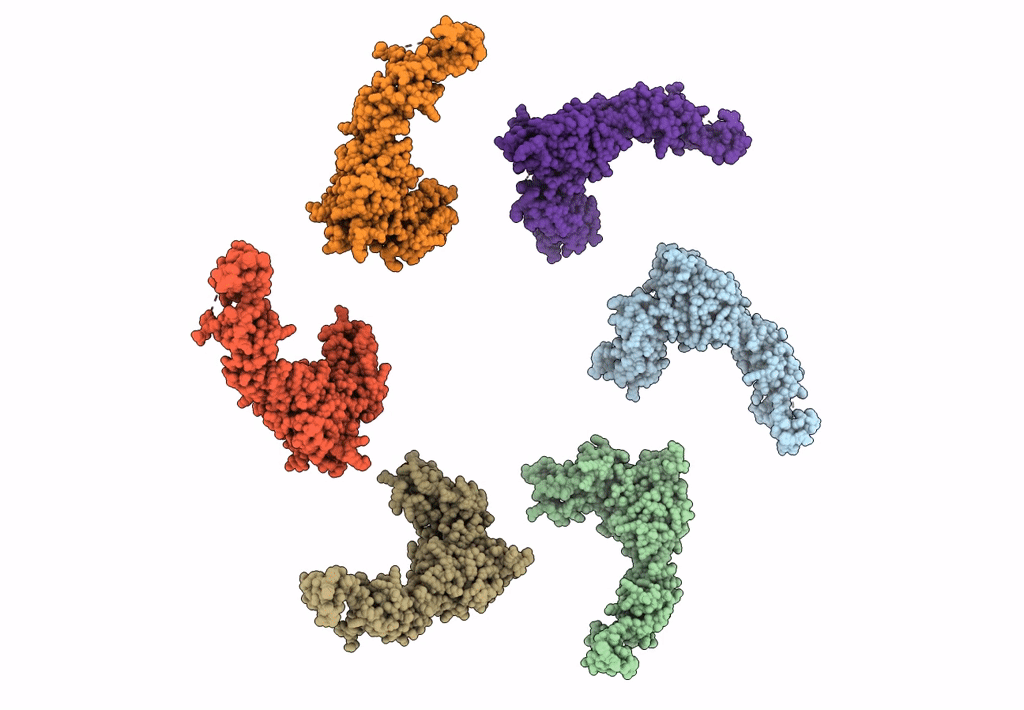
Deposition Date
2016-07-14
Release Date
2017-07-19
Last Version Date
2024-05-15
Entry Detail
PDB ID:
5LI4
Keywords:
Title:
bacteriophage phi812K1-420 tail sheath protein after contraction
Biological Source:
Source Organism:
Staphylococcus phage 812 (Taxon ID: 307898)
Host Organism:
Method Details:
Experimental Method:
Resolution:
4.20 Å
Aggregation State:
PARTICLE
Reconstruction Method:
HELICAL


